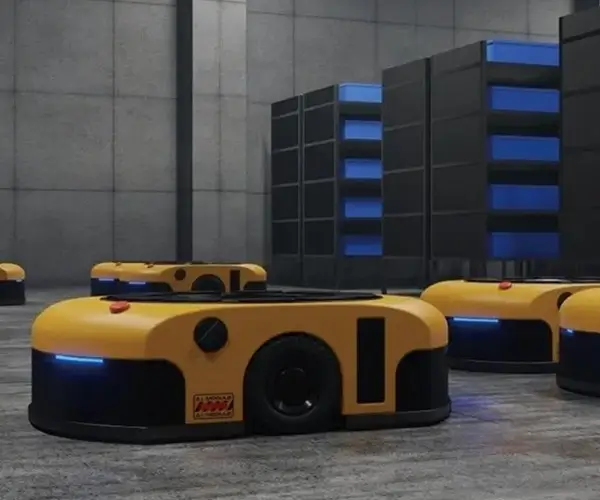Imagine holding a tiny motor in your hand, its insides packed with potential. When you wire up a basic servo motor to an Arduino, you're not just connecting circuits—you’re unlocking a world where mechanical movements can be controlled with the tap of a button or the flick of a switch. That feeling of turning an idea into movement? That’s the magic of the simple servo setup.

Getting started with a basic servo motor code on Arduino feels almost like playing with a toy, but underneath, there’s real engineering at work. You connect your servo’s signal pin to a digital pin on the Arduino, feed it some power, and then, with just a few lines of code, you’re telling it exactly what angle to turn to. One of the first things you’ll notice is how responsive it is. Move it from 0 to 180 degrees, and you see real-time action—smooth and predictable.
Here’s a fun fact—these motors are perfect for project prototypes. Want to build a robotic arm that picks up objects? Or a camera gimbal that stabilizes your shot? This little component makes all that possible. Plus, it’s so easy to control with code. You can set up a loop that makes the servo sweep back and forth or respond to sensor inputs. It’s surprisingly versatile.
Have you ever wondered how to get that servo to stop at exactly the right spot? Sometimes a tiny tweak in the angle value or a delay is enough. But occasionally, you’ll encounter jitter or inconsistent movement. That’s when adjusting the power supply or adding some smoothing code helps. It’s these small troubleshooting steps that turn a basic sketch into a reliable machine.
When it comes to writing the code, the process often begins with including the Servo library. Once that’s in, attaching the servo object to a pin and writing commands like .write(90) sends the servo to an exact angle. You can even animate it smoothly from one position to another—no fancy hardware needed, just some clever coding.
It’s worth noting—while the core code seems simple, the real value is in understanding how to tinker with timings, angles, and power. Like tuning a guitar, sometimes a small adjustment gets everything singing in harmony. That’s the joy of working with basic servo motors: you’re not just coding; you’re experimenting, learning, and building something tangible.
So, if you're wondering whether to dive into Arduino servo projects, don’t hesitate. Start with a basic code, see the motor respond, and then think about what you want to create next. From simple movements to complex robotic systems, this tiny motor provides big possibilities. As you become more familiar with its behavior, you’ll find yourself designing more intricate systems—and maybe even pushing beyond what you thought was achievable.
Established in 2005, Kpower has been dedicated to a professional compact motion unit manufacturer, headquartered in Dongguan, Guangdong Province, China. Leveraging innovations in modular drive technology, Kpower integrates high-performance motors, precision reducers, and multi-protocol control systems to provide efficient and customized smart drive system solutions. Kpower has delivered professional drive system solutions to over 500 enterprise clients globally with products covering various fields such as Smart Home Systems, Automatic Electronics, Robotics, Precision Agriculture, Drones, and Industrial Automation.




































